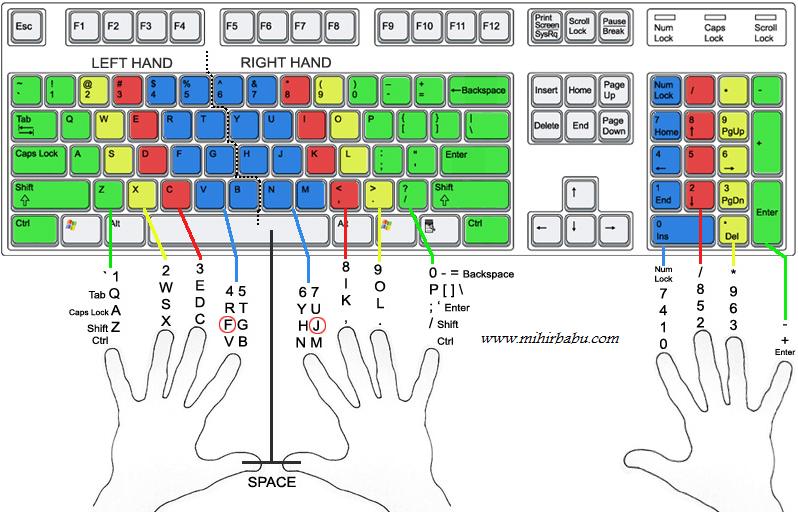

Use for this purpose the " Capo 5th" under normal capo. This partial capo has no impact on the notation stave unless the option " Pegged to main capo" is checked. In this case, the 5th string capo works as an extension of the basic capo. For example, if the main capo is set to 2 for the four first strings, the 5th string capo is automatically set to 7.
#TABLEDIT RIGHT HAND FINGERING FULL#
Like with a full capo, the pitch of the notes on the five strings would be increased by two semitones, the tab numbers would not change and the advanced option " Capo doesn't impact Notation" would work as usual. Tip: In order to force TablEdit to display the tablature using a diatonic fingerboard, simply enter " Dulcimer" as the instrument name. To create a tablature for dulcijo, a tree string banjo/dulcimer combo that looks as a small banjo, simply enter " Dulcijo" as the instrument name Conversely to manage a chromatic dulcimer, just change the name of the module to prefix it with " Chroma". This instrument has specificity except one: if the name of the module starts with "Banjo", the chord position is not displayed on the top left of the chord diagram but to the right of the first fretted string. To create an hammered dulcimer, you have to use the "Custom Tab Instrument" tuning. You will then be able to define in the Custom Tab Instrument configuration dialog the courses and the bridges of your instrument. The Renaissance lute, which has anywhere from eight to twenty-one strings, is always tabbed out on a grid consisting of seven strings and, generally, using the notation "a=0, b=1, c=2". The first six strings are completely non-specific. On the other hand, the 7th string, all on it's own, represents all of the instrument's bass strings starting with the 7th, itself.įor example, //a indicates that the 9th string (7+2//) is played open, a simple 6 indicates that the 13th string (7+6) is played open, etc. Instead of T I M A O you could change them to T I M R P or even G H C G Z for Groucho, Harpo, Chico, Gummo, & Zeppo.TablEdit applies these rules as soon the instrument has seven or more strings with the 7th string tuned to G#, A or F#.īy default, the lute tuning obtained by use of the pre-defined tunings is for a thirteen string lute in A. There you can change the fingers to anything you want. Just go to File|Options and choose the Preferences tab. So maybe because the 'A' was already used for the ring finger he went with the 'O' for the pinky. My guess is that the word would be pronounced as if it began with an 'O', i.e. Unfortunately, the word for the little finger - Auriculaire - also begins with an 'A'. Tabledit was written in France and the word for the ring finger in French is "Annulaire", so that may be what the 'A' stands for. Tabledit already has a symbol for a "brush" on the staff rather than for fingering. That would be too easy, and their boss might think they got paid too much for something a 7th grader could have written.
#TABLEDIT RIGHT HAND FINGERING SOFTWARE#
Software developers always seem to find some reason why a user has to "read the book" rather than be totally intuitive. I would have thought T I M R P would have been the logical alternative. I thought I finally had it figured out that A meant "anchored" (or "available" in the case of Noem Pilkeny who does some 4-finger rolls I read), and O meant "out-of-service", being as the pinkie is generally the anchor and if you used it for anything else your hand would drift out of position.


 0 kommentar(er)
0 kommentar(er)
